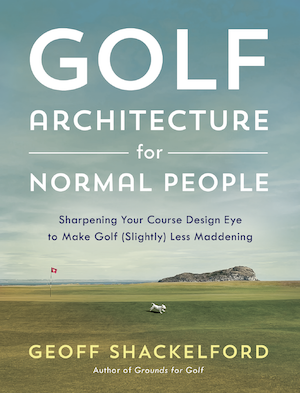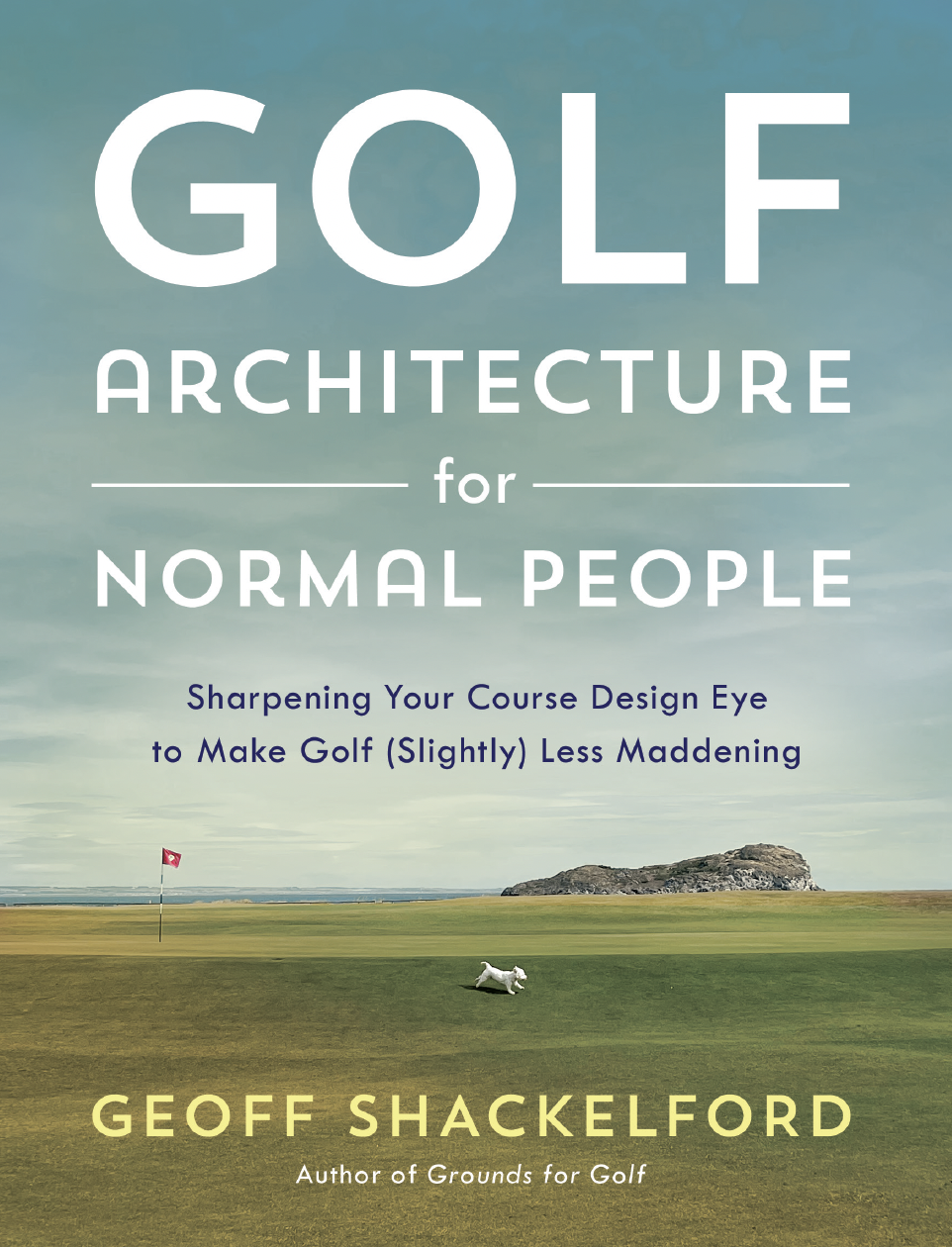 Some great stuff came out of Tiger's post-PGA Championship win press conference, though shockingly, no one asked about the pressure of being the FedEx Cup points leader.
Some great stuff came out of Tiger's post-PGA Championship win press conference, though shockingly, no one asked about the pressure of being the FedEx Cup points leader.
Q. This is a great victory on Thai Mother's Day. Would you like to make a special message to children in Thailand that look up to you?
TIGER WOODS: Well, every time I go back there it's been fantastic. We do junior clinics there and my mom helps with a few shelters there in Bangkok. So we try and help the kids as much as we possibly can. And what my mom's done back there no one really knows about it, but she's done a lot for a lot of kids. And awfully proud of her.
Tiger note to self: tell Steiny to send mom flowers asap for Thai Mother's Day.
Q. Just to get back to Steve's question earlier, the television crew seemed to indicate they thought perhaps you had hurt yourself when you fist pumped on 8 after that birdie and might have hurt you going into 9. Talk about that. Secondly, a local question: Your thoughts on Southern Hills, Tulsa, and Oklahoma hosting this major this week?
TIGER WOODS: As far as hurting myself, no. All good. The only thing that hurt me on 9 was I didn't trust the wind up there. The wind was right to left all day, and you look at the flags up behind 18 and 9, they were left to right. And Steve says the wind's off the right, you gotta trust it's off the right. I just kept telling myself, Look at those flags behind 18. It's off to the left. So we just shoot it more down the left side so the wind will bring it back and actually took it the other way, took it left. So that was my fault for not trusting Stevie and trusting how the wind was all day.
As far as Tulsa hosting the Championship, I mean, this has been a great crowd. For them to come out and support this event with the temperatures the way it was, absolutely phenomenal. I don't know how they could have been enthusiastic being that hot and that tired, but they were. And they were supporting all of us and want to see great shots and they applauded. It was just a great atmosphere all day, all week, especially today. Especially given the temperatures.

Hey, granted he was gimpy, but an admission that he hurt himself doing the fist pump would mean he's human.
Q. You disproved the belief that your game wasn't meant for Southern Hills, do you believe that your ability to hit the 2-, 3- and 4-iron the way you did all week really made this a golf course that was really well-suited to your game?
TIGER WOODS: I don't understand why people kept saying that. If you watched the way I hit the ball in 2001, I wasn't hitting it very well. But if you look at where I was hitting it, I was hitting it to exactly the same spots I did this week. I just wasn't able to hit the fairways.
I played to the same spots, Stevie and I had the same strategy. Nothing's changed. The only difference is we're hitting less club because the ball's going so much further this year because of temperature and also the improvements in the golf ball in the last six years.
Uh, don't forget to include the grooves. They make you more likely to bomb driver and, oh, I don't even know. Just remember, it's the grooves, not the ball!
Q. In hindsight, what advantage might you, your conditioning advantage have you in this heat, and also does this change at all your intentions to play all four of the playoff events?
TIGER WOODS: As far as the last part, yes, my intent is to play. As far as your first part of your question is physical fitness is always a huge advantage. And when you play any sport and you have heat and anything that wears you down mentally and physically, the more in shape you are, the more fit you are -- I feel when I walked up 18 I felt the same way as I did going off the first tee. I felt great.
At home all the miles I log on the road and run in that heat, granted it's not as hot as this but it's certainly more humid. And that's what you do. You pay the price. You go outwork everybody and days like today or weeks like this week, it shows. I felt fresh all week. And I felt great.
Other guys may have gotten tired and you see their shoulders slumping and dragging a little bit; I feel fine. I think that's how you should always be. You should always train hard and bust your butt. That's what a sport is, is to do that. And not everyone considers golf a sport and they don't treat it as such.
Take that boys!
Q. You've won your last three majors using a long iron off the tee, a 5-wood off the tee, primarily Medinah. Here you made your birdies with irons. In the back of your mind, do you get frustrated with your driver and the driver swing, and is it any different, could you explain to the rest of us, than your regular swing and why is it a struggle?
TIGER WOODS: I feel the same. The only difference is when you're hitting it, especially this week, 330-, 340-yard fairways 20, 22 yards wide, that's not a lot of room.
And most of the tournaments, if you look at the configuration of how they design the golf courses now for us is that they pinch the fairways in about 280. 280 to 320 is kind of like the major number where they start pinching fairways in.
So a lot of times they're more narrow at that distance than they are shy of 280. And sometimes I see a lot of guys hit driver down there try to play out of the rough. Some golf courses you can, some golf courses you can't. And as far as my swing being different, I feel it's the same.
The only difference is not a lot of room for error when you're hitting it that far. And that's one of the reasons why you see a lot of longer hitters hit 3-woods off the tee because the 3-wood nowadays goes as far as it used to when I first came out here as far as a driver went. I had no problem hitting 3-wood this week over 300 yards, just because it was so hot. And every week is different. It really is. It's kind of a feel thing.
And a groove thing too, right? No? It can't be the combination of narrow fairways and a ball going longer. Just can't be!
Q. You said a little bit earlier you feel by far you're a better player than you were in 2000 which is the year when you won the last three majors, and people were wondering if anybody else would win another tournament you were entered in. This year you had to grind it out in the last major of the year to get your first major and I'm wondering just what that says and maybe in terms of the challenge that it becomes over the years to keep winning these majors?
TIGER WOODS: Well, everyone's not going to stay stagnant. Everyone is going to try to improve and they all have. Everyone's worked hard to improve their game through technology, through fitness. Look back when I first came out here on Tour, how many guys had personal trainers. I don't think any of them did.
Now going to the fitness van everyone has a trainer there. So the game has changed and everyone's gotten stronger, more fit. They're hitting the ball further. Technology has certainly helped that out. Your dispersion patterns aren't as wide.
Well that'll all change in 2009 when you are playing with V-grooves!
And guys are shooting a lot better scores. And it has become a lot harder to win tournaments. And that's the fun of it. That's the challenge.
And finally, a jab at the scribblers...
Q. Stephen Ames said there wasn't as much craziness inside or outside the ropes when he played today. He said there just wasn't the mayhem. Has Tiger mania changed that much or has everybody's concentration levels so much more concentrated now?
TIGER WOODS: No, I think you guys are lazy (laughter). I didn't see a whole lot of you guys walking with us like you normally do. It's a little hot. And I think maybe the buffets are good in here and air conditioning is nice (laughter).
No, it was different. We didn't have as many media inside the ropes, being whether it's you guys or it's photographers or TV crews. There weren't just as many.

















